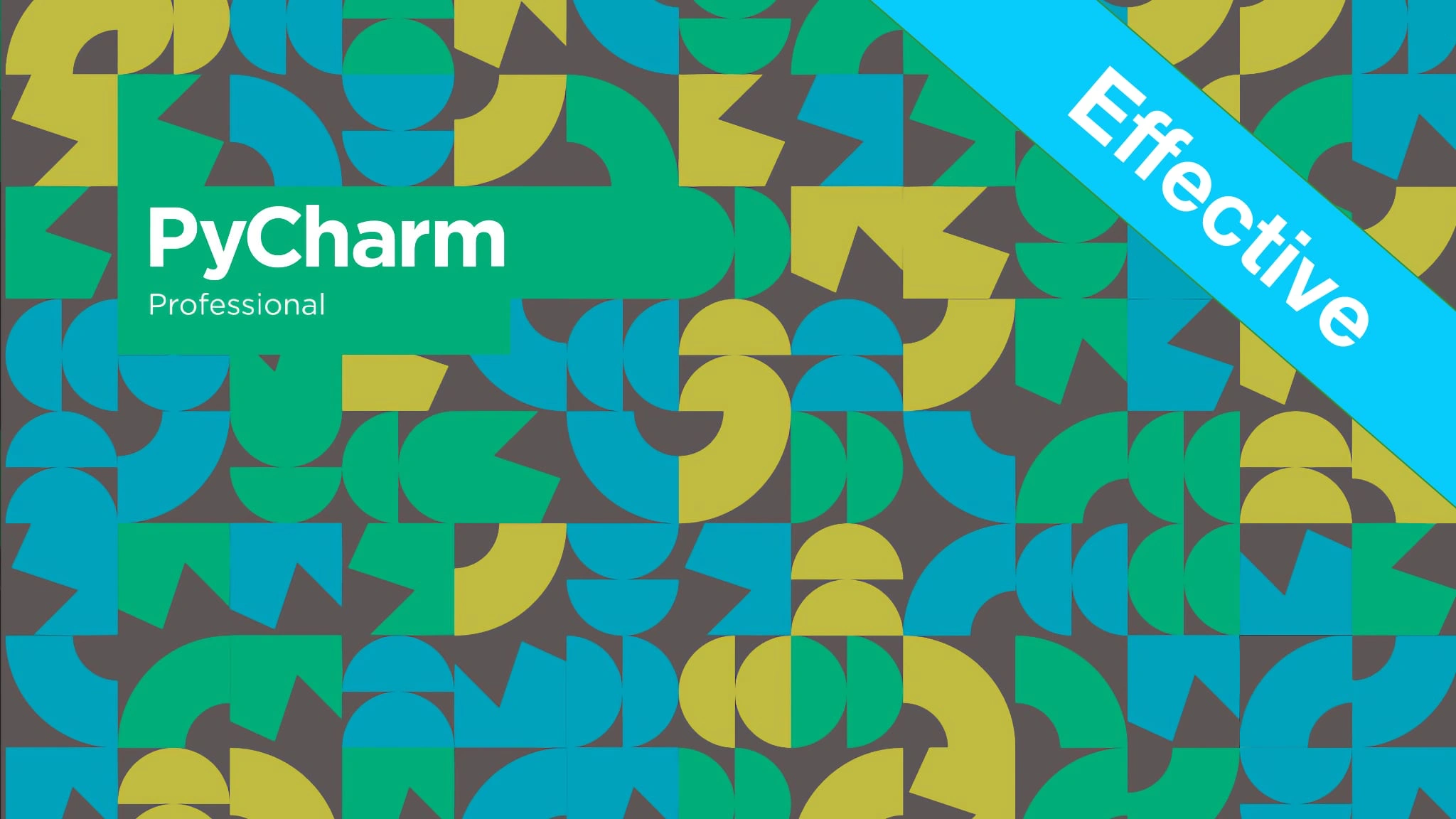Effective PyCharm Transcripts
Chapter: Why PyCharm and IDEs?
Lecture: How do you learn all the features of an IDE?
Login or
purchase this course
to watch this video and the rest of the course contents.
0:00
You're taking this course because you want to learn PyCharm, you want to be more efficient with it and you want to be able to use
0:06
more of its features. How do you do that? If you look at this picture here and you're not already familiar with PyCharm,
0:12
it's got to be overwhelming. Yes, I was scared back there in the background somewhere is something that looks like a familiar
0:19
text editor, but the rest of it, wow, there's stuff everywhere. We've got this database exploration thing and the right.
0:25
Also the scientific tools, the project settings on the left there, pretty straightforward. But if you right click on any of those things,
0:32
the options that come up literally fill the screen, along the bottom We have seven or eight tool windows, the terminal, the Python console,
0:41
the run the GIT tools, all these kinds of things and that doesn't even touch on all the menu options. Like for example,
0:48
here we're pulling up that we might want to do something like manage virtual machines for
0:52
testing our code in vagrant or if we get to docker all these different kinds of things. Right? How do you go about learning these things?
1:01
Making an effort to use the features, finding the ones that are relevant and so on.
1:05
I'm going to give you some tips and tricks to help you along the way.
1:10
It really comes down to how do you discover the features and congratulations you're in the
1:14
right course for that. We're going to introduce all the features that I think are important or most of the features anyway,
1:19
that'll be pretty straightforward if you just go through the course, but then you've got to recall and practice them,
1:24
suggest a couple of ideas. If you go to the GitHub repo, which I will introduce in just a moment,
1:29
there's a link to a cheat sheet for Mac Os and there's a link to a cheat sheet or common commands on Windows and Linux.
1:38
I recommend that you get that and you keep it somewhere at least while you're new or you know, it'll still be in the repo later.
1:43
So you go back and get it again. But this is a pdf that has all the hot keys and all the features so you can scan through that and say,
1:51
oh look, it has this feature I didn't even know about, and here's a hotkey, There's a plug in for PyCharm called presentation assistant and
1:59
it is super cool. I'll be using it during this course. The goal, the idea of it is to pop up a little temporary flashing dialogue
2:08
thing at the bottom of PyCharm as you're interacting with it. So, if I was doing a demonstration and I highlight something and I want to
2:14
re factor I could hit CTRL+T to refactor if I press control t along the bottom of PyCharm and it'll say refactor hotkey=CTRL+ T.
2:24
So that's going to be helpful for you as you're watching during this course, you'll see that green little box at the bottom pop up like oh,
2:31
that's the hotkey that Michael clicked. But it's also helpful for you. You'll see that if you click a menu item or a toolbar button,
2:39
that thing will also pop up, tell you the name of the command and the hotkey that you could do.
2:43
So maybe the first time you use something you've got to navigate through, maybe even the help to get to the menu to then run it.
2:49
But if you have a presentation assistant installed, you'll see along the bottom. Oh,
2:54
I could have just hit control T instead of going over to the re factor menu and then like refactor this and choose whatever you're gonna do.
3:01
Okay, so that would be helpful. This presentation assistant would be helpful while you're watching the course,
3:06
but I encourage you to install it as well, even if you never intend to do a presentation because it will highlight the features that
3:13
you would otherwise find through menus and toolbars and show you how to do the hotkey
3:17
version. Finally get some sticky notes or open your to do app or get a notebook and write down the things that you really want to use.
3:26
You'll learn about certain things in unit testing or certain things in profiling or certain things
3:30
in the editor and just write them down and say today, I'm going to work on using this feature of the editor.
3:36
So whatever I'm doing. Maybe I'm working on some unit tests. I want to make sure I use this feature of the test runner and just do
3:42
that each for a couple of days, strike through it or throw away the sticky note and put up a different one.
3:47
This repeated practice of the things that you really care about it will help solidify them And if you do it for a few days it'll stick you.
3:55
Remember those features, there will be permanent and part of your new tool set.
